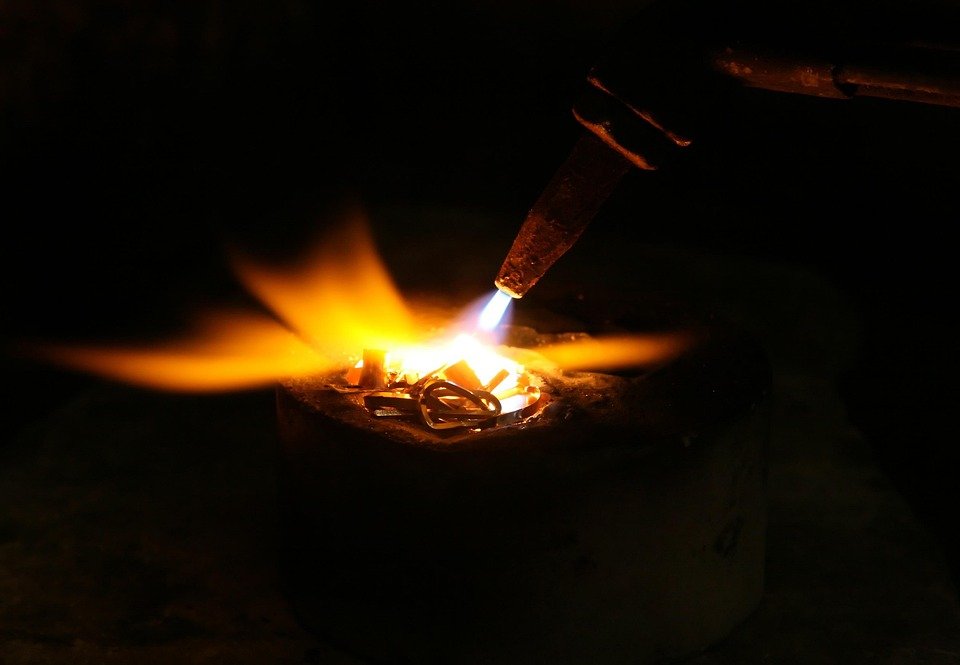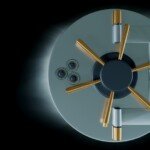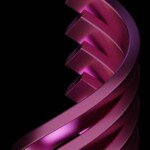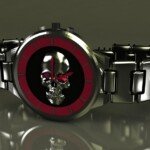The Evolution of Multi-Jet Fusion: Revolutionizing Industrial 3D Printing
Technical Principles: A Deep Dive into MJF Mechanics
Multi-jet fusion (MJF) represents a paradigm shift in powder-based 3D printing. Unlike traditional binder jetting, HP’s innovation integrates infrared heating into the printing process. The system operates through a sophisticated five-step cycle: First, a thin layer of polymer powder (typically nylon) is evenly distributed across the build platform. Next, inkjet arrays precisely deposit fusion agents where material bonding is required, while detailing agents are applied to part edges for resolution enhancement. Crucially, an overhead energy source then rapidly heats the entire bed, causing agent-treated powder to fuse while untreated powder remains loose. This layer-by-layer approach eliminates the need for supports and allows unused powder (up to 80%) to be recycled. The closed-loop material system enables exceptional dimensional accuracy (±0.3 mm) and produces parts with uniform mechanical properties across all axes.
Material Advancements and Industrial Applications
Recent breakthroughs in MJF materials have dramatically expanded its industrial reach:
- Medical-Grade Innovations: The new HP 5420W printer introduced white PA12 nylon, enabling biocompatible applications with enhanced light refraction properties. Invent Medical leverages this for pediatric orthopedic devices where post-print coloring improves patient acceptance.
- Automotive Integration: Manufacturers like Continental Automotive Spain use MJF for pneumatic valve prototyping, reducing development time by 96%. General Motors’ 15,000 sq ft additive center produces jigs, fixtures, and end-use parts.
- Consumer Goods Revolution: PepsiCo employed MJF for limited-edition Black Panther drink toppers, achieving deep blacks unattainable with other processes. The technology’s flexibility also shines in premium sports equipment, including 3D-printed ski goggles (Smith’s E/Mag) featured in TIME’s Best Inventions 2022.
Application Spotlight: The footwear industry demonstrates MJF’s versatility. French brand Decathlon and luxury label Botter collaborated on sneakers with complex lattice structures printed in flexible TPU. Posedla similarly utilizes MJF for customizable bicycle saddles, optimizing ergonomics through parametric design.
*△ HP Jet Fusion 5420W solution: Enabling medical-grade white nylon production*
Comparative Advantages Over Traditional Manufacturing
Key Benefits Driving Adoption:
- Unmatched Throughput: MJF printers build layers in seconds rather than minutes, with full-bed builds completing 10x faster than equivalent SLS processes
- Economic Efficiency: Bulk nesting capabilities yield over 100 functional parts in single builds, slashing per-part costs by 60% versus machining
- Surface Excellence: Proprietary detailing agents enable 0.02mm feature resolution and low Ra (4.7μm) surfaces requiring minimal post-processing
- Sustainable Workflow: Closed-loop powder recovery achieves >80% material reuse rates
Technical Constraints:
- Restricted to HP’s proprietary materials with limited options for high-temperature polymers
- Steep capital investment (>$200K for entry-level systems)
- Challenges producing solid-colored parts without post-processing
HP’s MJF Ecosystem: Industrial Implementation Models
The 5400 series represents HP’s latest advancement:
- 4200 Series: Pioneered high-volume production with automated material handling and swap-able build modules. Its cooling stations enable continuous operation – a key feature for SmiledirectClub’s 60-machine facility producing 50,000 dental aligners daily.
- 5200 Platform: Features advanced thermal controls and 30% faster print speeds. The 5420W variant utilizes specialized optics for low-temperature printing required for white polymer applications.
*△ Full HP Jet Fusion 5200 series with integrated processing station*
Future Trajectories: Next-Generation Development
Research frontiers focus on overcoming current constraints:
- Chemical company BASF recently demonstrated aluminum-filled nylon composites on MJF platforms for enhanced thermal stability
- Academic consortiums are developing open-material parameters to reduce proprietary dependencies
- HP’s patents hint at multi-agent systems capable of functionally graded materials
- Integration with AI-driven build processors promises to optimize thermal management and minimize anisotropy
As MJF achieves production volumes surpassing 100,000 identical parts annually, its roadmap points toward full-scale digital manufacturing. With annual installations growing at 39% CAGR, MJF is reshaping not just how we prototype, but how industries approach distributed manufacturing at scale. The convergence of faster cycle times, broader material palettes, and AI-optimized production suggests MJF will soon transcend its current niche to challenge injection molding across multiple sectors.
△ Comparison of MJF surface finish versus traditional SLS printing
Industry Impact Metric: Manufacturers report 73% reduction in tooling costs and 12x faster product iteration cycles when implementing MJF workflows (Jabil 2023 manufacturing survey).


















